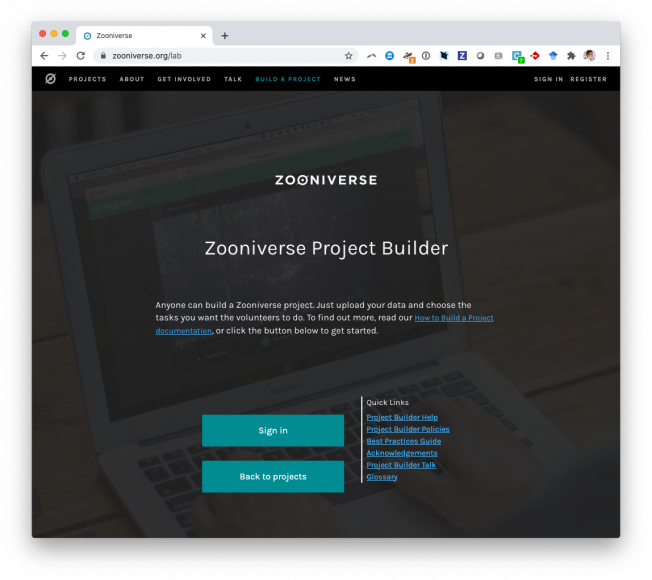The Effects of Bar Strength and Kinematics on Galaxy Evolution: Slow Strong Bars Affect Their Hosts the Most
The Astrophysical Journal American Astronomical Society 973:2 (2024) 129
Abstract:
We study how bar strength and bar kinematics affect star formation in different regions of the bar by creating radial profiles of EW[Hα] and Dn4000 using data from Sloan Digital Sky Survey-IV Mapping Nearby Galaxies at Apache Point Observatory (MaNGA). Bars in galaxies are classified as strong or weak using Galaxy Zoo DESI, and they are classified as fast and slow bars using the Tremaine–Weinberg method on stellar kinematic data from the MaNGA survey. In agreement with previous studies, we find that strong bars in star-forming (SF) galaxies have enhanced star formation in their center and beyond the bar-end region, while star formation is suppressed in the arms of the bar. This is not found for weakly barred galaxies, which have very similar radial profiles to unbarred galaxies. In addition, we find that slow bars in SF galaxies have significantly higher star formation along the bar than fast bars. However, the global star formation rate is not significantly different between galaxies with fast and slow bars. This suggests that the kinematics of the bar do not affect star formation globally, but changes where star formation occurs in the galaxy. Thus, we find that a bar will influence its host the most if it is both strong and slow.Jovian Vortex Hunter: A Citizen Science Project to Study Jupiter’s Vortices
The Planetary Science Journal IOP Publishing 5:9 (2024) 203
Abstract:
The Jovian atmosphere contains a wide diversity of vortices, which have a large range of sizes, colors, and forms in different dynamical regimes. The formation processes for these vortices are poorly understood, and aside from a few known, long-lived ovals, such as the Great Red Spot and Oval BA, vortex stability and their temporal evolution are currently largely unknown. In this study, we use JunoCam data and a citizen science project on Zooniverse to derive a catalog of vortices, some with repeated observations, from 2018 May to 2021 September, and we analyze their associated properties, such as size, location, and color. We find that different-colored vortices (binned as white, red, brown, and dark) follow vastly different distributions in terms of their sizes and where they are found on the planet. We employ a simplified stability criterion using these vortices as a proxy, to derive a minimum Rossby deformation length for the planet of ∼1800 km. We find that this value of L d is largely constant throughout the atmosphere and does not have an appreciable meridional gradient.Galaxy Zoo: Morphologies Based on UKIDSS NIR Imaging for 71,052 Galaxies
Research Notes of the American Astronomical Society American Astronomical Society 8:8 (2024) 198
Abstract:
We present morphological classifications based on Galaxy Zoo analysis of 71,052 galaxies with imaging from the United Kingdom Infrared Telescope Infrared Deep Sky Survey (UKIDSS). Galaxies were selected out of the Galaxy Zoo 2 (GZ2) sample, so also have gri imaging from the Sloan Digital Sky Survey. An identical classification tree, and vote weighting/aggregation was applied to both UKIDSS and GZ2 classifications enabling direct comparisons. With this Research Note we provide a public release of the GZ:UKIDSS morphologies and discuss some initial comparisons with GZ2.Galaxy Zoo DESI: large-scale bars as a secular mechanism for triggering AGNs
Monthly Notices of the Royal Astronomical Society Oxford University Press (OUP) 532:2 (2024) 2320-2330
The effects of bar strength and kinematics on galaxy evolution: slow strong bars affect their hosts the most
(2024)



